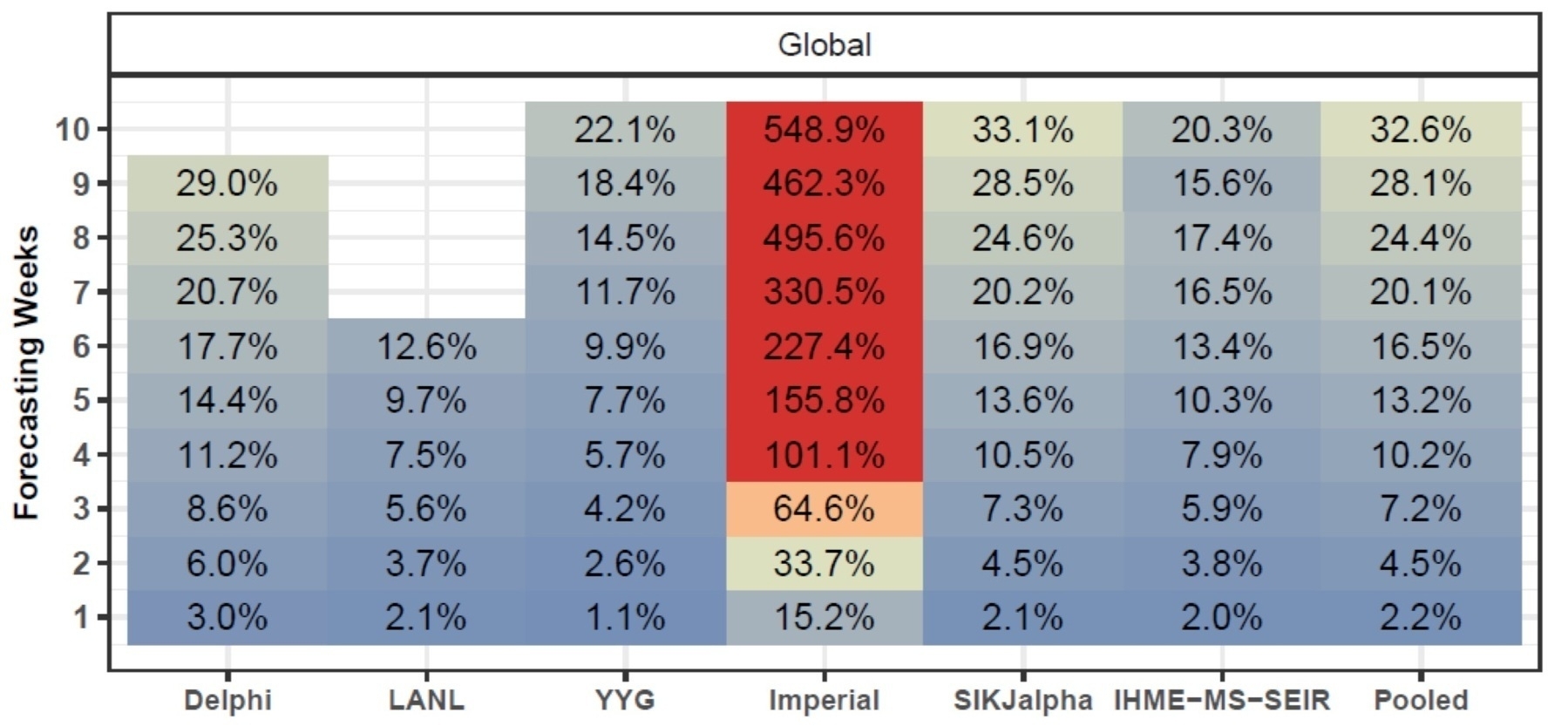Bob Horn sent me this news in Nature
NEWS
16 JULY 2020
Open-access Plan S to allow publishing in any journal
Funders will override policies of subscription journals that don’t let scientists share accepted manuscripts under open licence.
Richard Van Noorden
This seems good news, unless you’re a journal.
I expect journals to do a good quality control, and top journals to do top quality control. At minimum good review and gatekeeping (they are failing here, but assume that is fixed separately). But also, production. Most scientists can neither write nor draw, and I want journals to minimize typos and maximize production quality. If I want to struggle with scrawl, I’ll go for preprints: it’s fair game there.
So, if you (the journal) can’t charge me for access, and I still expect high quality, you need to charge up front. The obvious candidates are the authors and funders. The going rate right now seems to be around $2000 per article, which is a non-starter for authors. Authors of course want to fix this by getting the funders to pay, but that money comes from somewhere.
Challenge: How to get up-front costs below $500 per article?
Here’s some uninformed back-of-the-envelope saying that will be hard.
Editors. Even Rowling needs editors.
- Assume paper subscriptions pay for themselves and peer review is free.
- For simplicity, assume we’re paying one editor $50K to do all the key work.
- Guess: they take at least 5 hours per 10-page paper on correspondence, editing, typesetting, and production. Double for benefits etc. That’s $250 per paper.
Looking good so far!
Webslingers: someone has to refill the bit buckets.
- Suppose webslinger + servers is $64K/year. Magically including benefits.
- The average journal has 64 articles in a year.
- Uh-oh: that’s $1000 right there.
So… seems one webslinger needs to be able to manage about 10 journal websites. Is that doable? How well do the big publishers scale? Do they get super efficient, or fall prey to Parkinson’s law?
Alternative: societies / funders have to subsidize the journals as necessary road infrastructure. That might amount to half the costs. How much before they effectively insulate the new journals from accountability to quality control… again?


